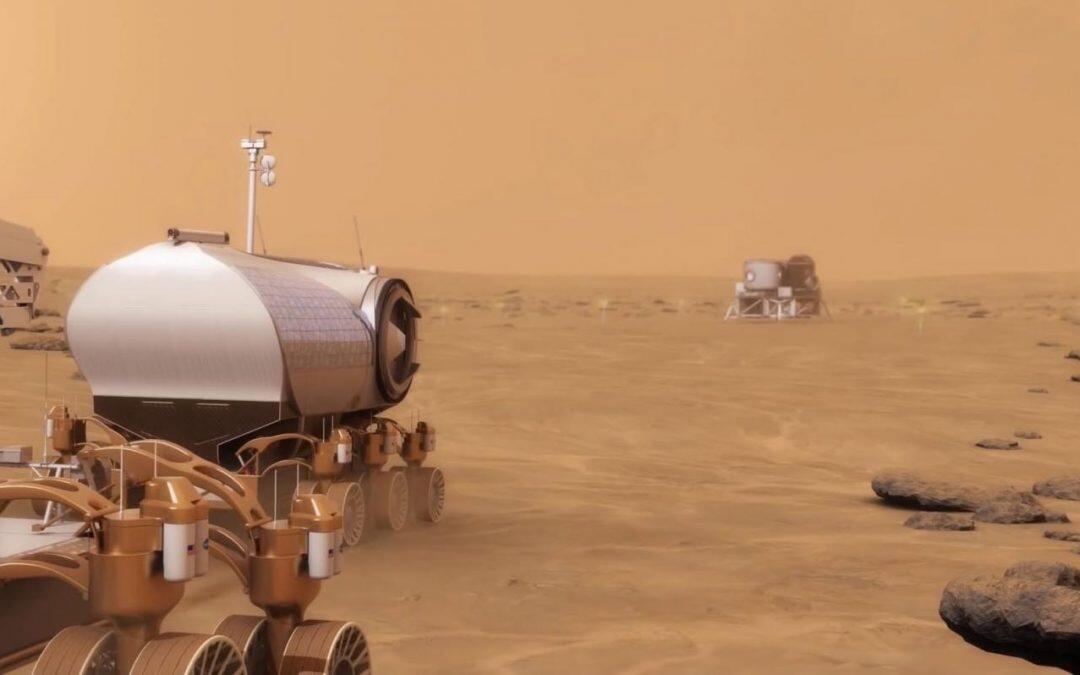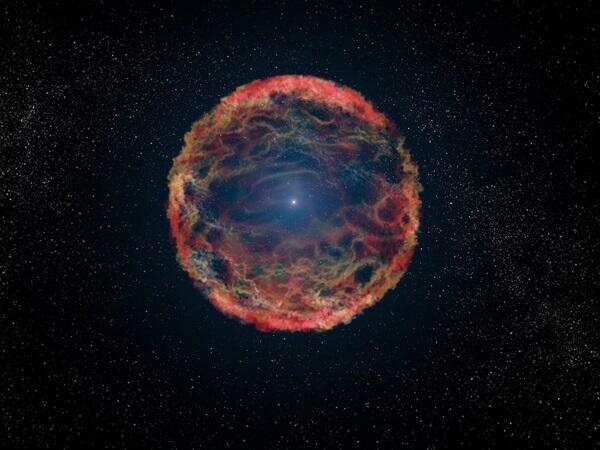


Astronomy without light
Humans have always practiced some form of astronomy. For thousands of years, that meant observing only the light our eyes could see — either unaided or with a variety of instruments, such as...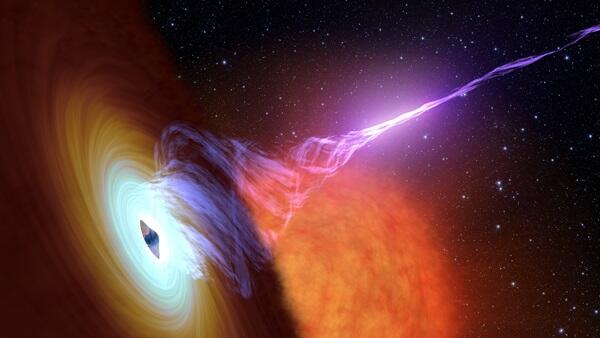
Astronomers time accelerating particles around black holes
Black holes themselves are invisible, but the region around them is not. These objects are surrounded by an accretion disk of material, which can shine brightly across the electromagnetic spectrum....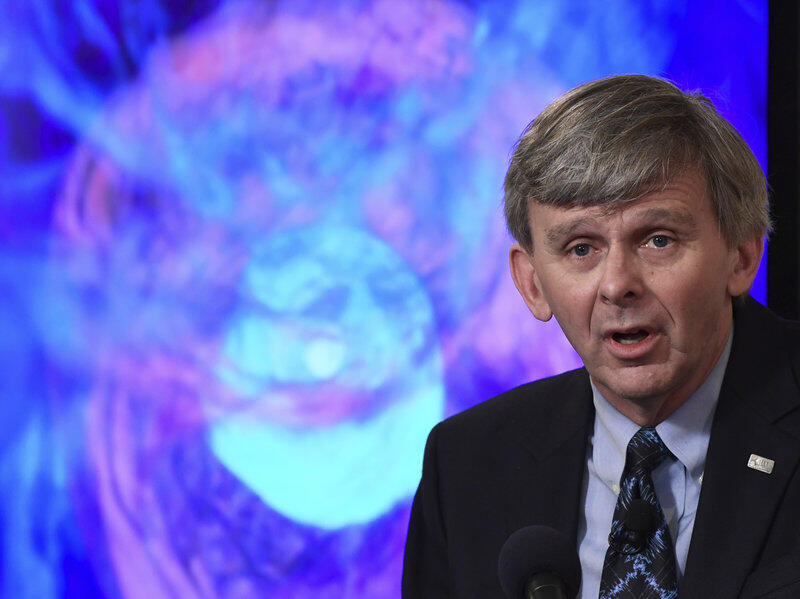
A New Era For Astronomy Has Begun
Some 130 million years ago, when dinosaurs roamed Earth, two dead stars in a far-away galaxy collided violently, after spiraling around each other for millions of years. The dead stars were neutron...
NASA and Google allow to walk on Mars with the Curiosity rover
The Jet Propulsion Laboratory (JPL) of NASA and Google have launched Access Mars, a free immersion experience on the Red Planet. It is available for use (https://accessmars.withgoogle.com/) on all...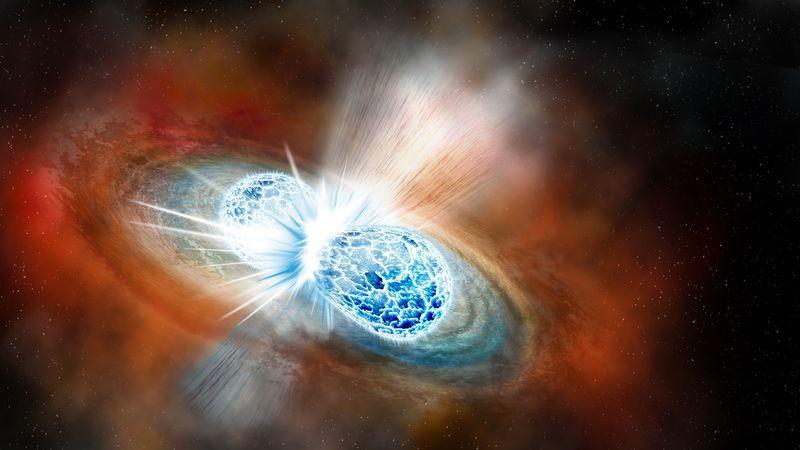
Sky Crew: A Cosmic Crash Ushers In A New Era in Astronomy
Gravitational waves from two colliding neutron stars 130 million million light-years away were detected recently, and this cosmic event has sparked an astronomy revolution. The Sky Crew returns to...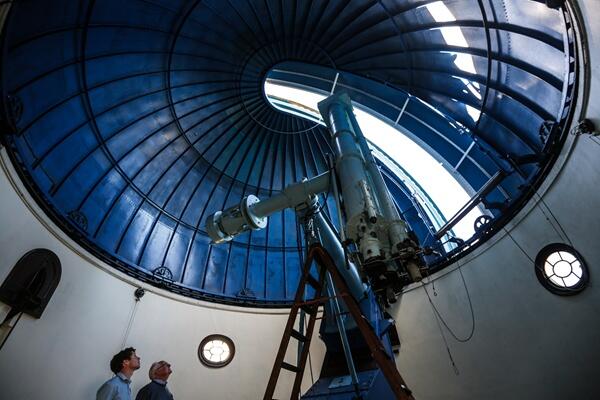
Newer, fainter, and more distant things
4.24 light-years from Proxima Centauri, 150 million kilometers from the Sun, 385 thousand kilometers from the Moon, and 6,000 nautical miles from the Royal Observatory in Greenwich sits the...
Planet Nine Could Be Our Solar System’s Missing ‘Super Earth’
Planet Nine is out there, and astronomers are determined to find it, according to a new statement from NASA. In fact, mounting evidence suggests it’s hard to imagine our solar system without...